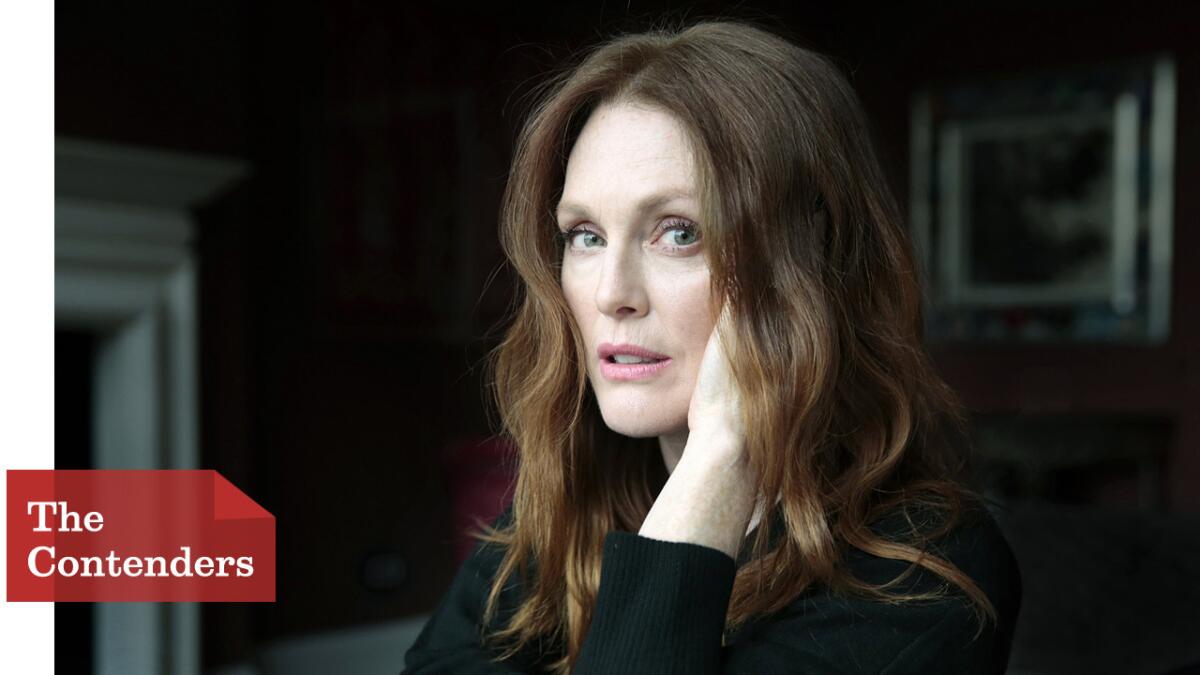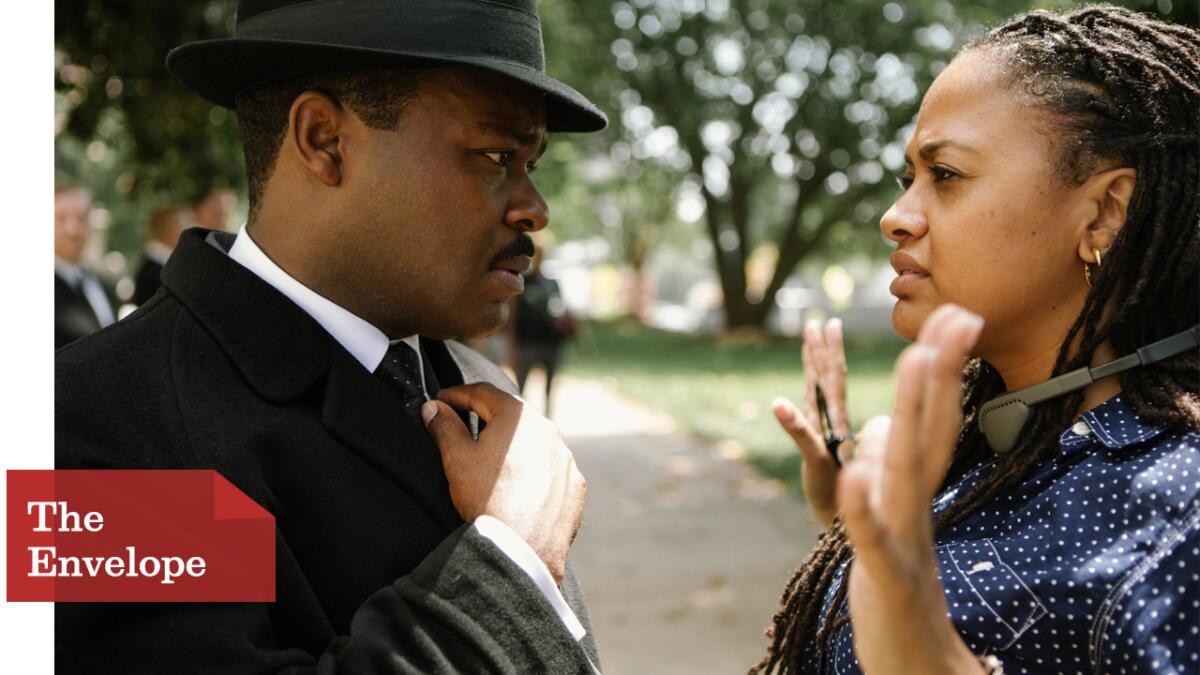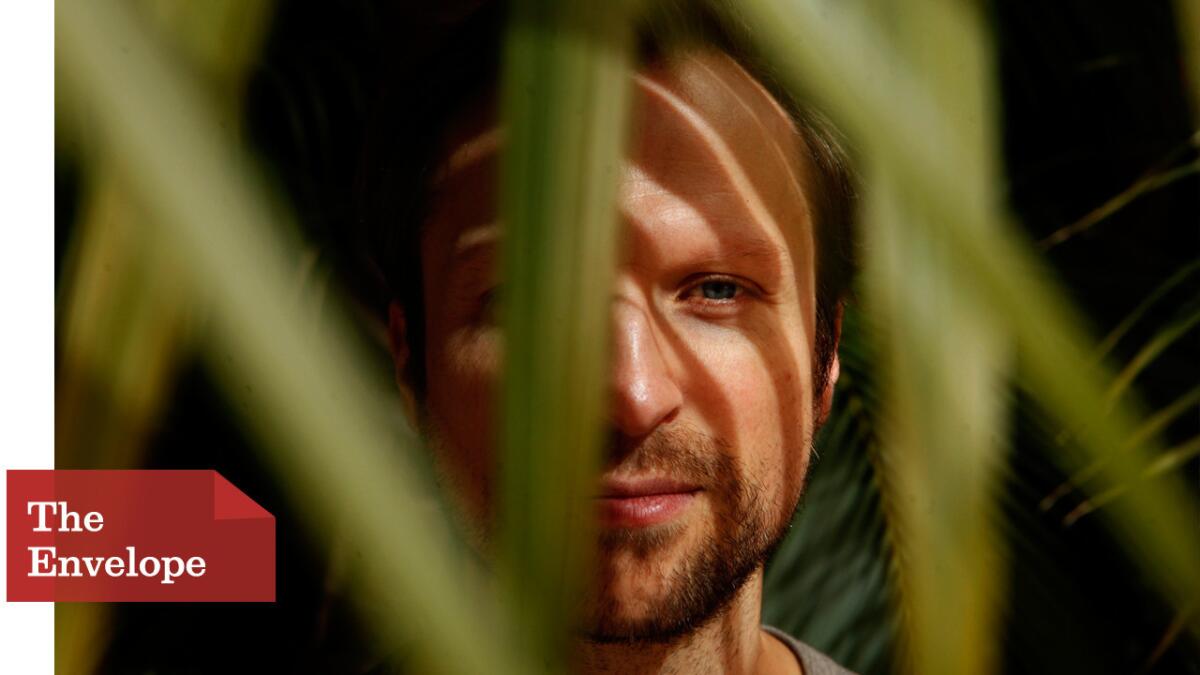The Envelope: Vivian Maier’s photos, explained by her documentary’s creators
- Share via

The Oscar-nominated documentary "Finding Vivian Maier" attempts to uncover the elusive midcentury street photographer whose trove of images was discovered only recently by Chicagoan John Maloof. Maier, who worked as a nanny, had apparently stashed away decades' worth of high-quality images, seemingly driven by her art but reluctant to share it.
FULL COVERAGE: Oscars 2015
Intrigued, Maloof partnered with Charlie Siskel (film critic Gene Siskel's nephew) in making a documentary about his discovery. While the film meticulously tries to chronicle her life, we'll let her work — and comments jointly written by Maloof and Siskel — provide all the insights we need.

Vivian Maier/ Maloof Collection, Howard Greenberg Gallery
1: Maier had impeccable timing and instincts as a street photographer. She was attuned to women's struggles. Maier faced many obstacles herself as a woman and an artist — she lacked connections, and she stumbled in her fitful efforts to share her work. As we know, that never stopped her from doing the work of an artist, averaging a roll of film per day for five decades. That's what artists do. They do the work.
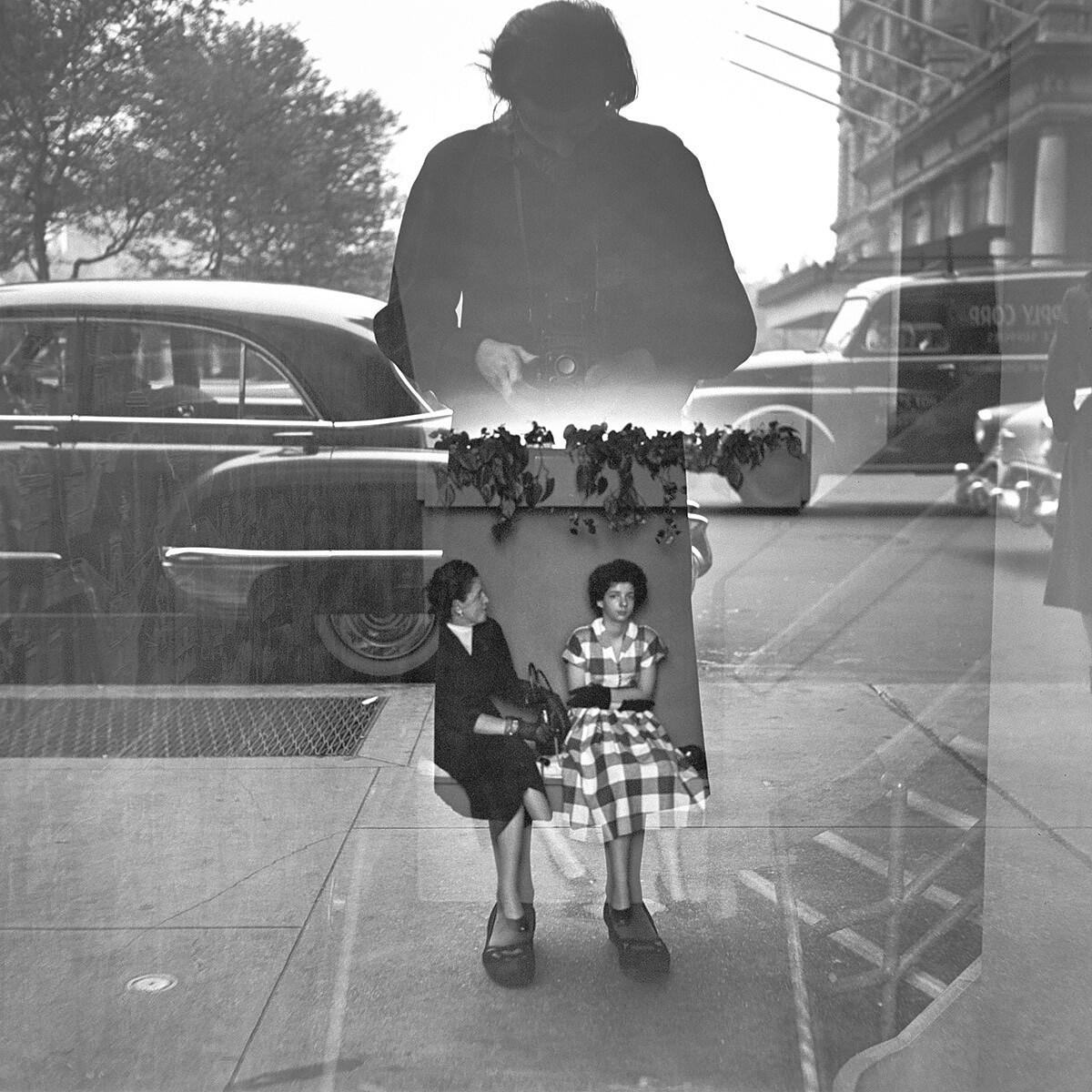
Vivian Maier/ Maloof Collection, Howard Greenberg Gallery
2: Maier was a true artist, not a dabbler.... This is the work of a pro. It shows her fully in command of her medium — the exposure, light, framing. It is a perfect picture. And also strange and wonderful. As a self-portrait, it shows us how Maier saw herself as an artist, just as the self-portraits of, say, Rembrandt or Van Gogh show us how these other artists saw themselves.

Vivian Maier/ Maloof Collection, Howard Greenberg Gallery
3: Maier had many interests in terms of subject matter, including women's fashion. She also took many photographs at night with the aid of a flash — some of her shots of crime scenes have been compared to Weegee. One marvels at Maier's determination patrolling the streets at night, in motion as seen here, pursuing her subjects.
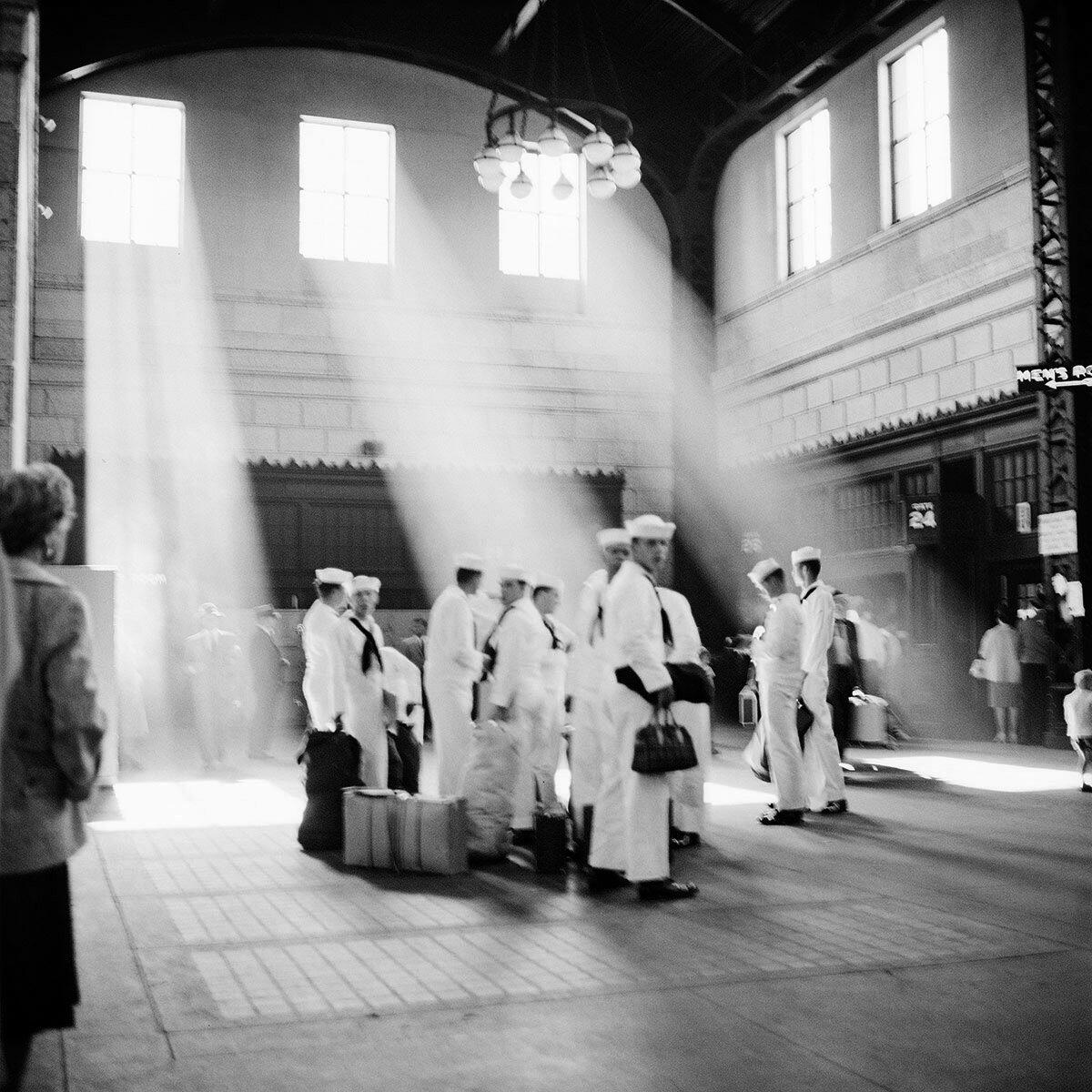
Vivian Maier/ Maloof Collection, Howard Greenberg Gallery
4: Maier's work over half a century is a historical treasure trove that was nearly lost. Her images, like this, often have historical significance but are also works of art. As an artist, Maier is not only a chronicler of her time, but she is interested in all the formal qualities of photography: light, composition, and the relationship between the camera and her subjects.
Sign up for The Envelope
Get exclusive awards season news, in-depth interviews and columnist Glenn Whipp’s must-read analysis straight to your inbox.
You may occasionally receive promotional content from the Los Angeles Times.
